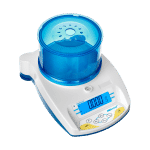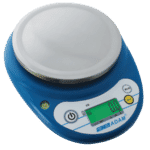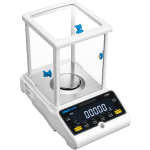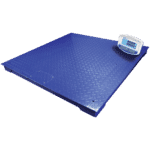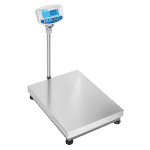
You’ve heard that baking is a science, but have you heard of baker’s math? The age-old method of assigning percentages to baking ingredients has gotten an upgrade – with weighing scales! Let’s get into what makes percentage weighing a baker’s best friend.
What is the Baker’s Percentage?
The Baker’s Percentage, also known as baker’s math, is intended to be an easy method of scaling recipes from single to large, multi-batch proportions.
Since the main ingredient in most baked goods is flour, bakers will consider that 100%. Then, every other ingredient becomes a percentage of the flour. For example, if you’re making one Red Velvet cake, you’ll use about 375g of flour – that’s 100%. That means that 400g of sugar is about 106.6% and 6g of cocoa powder is 1.6%.
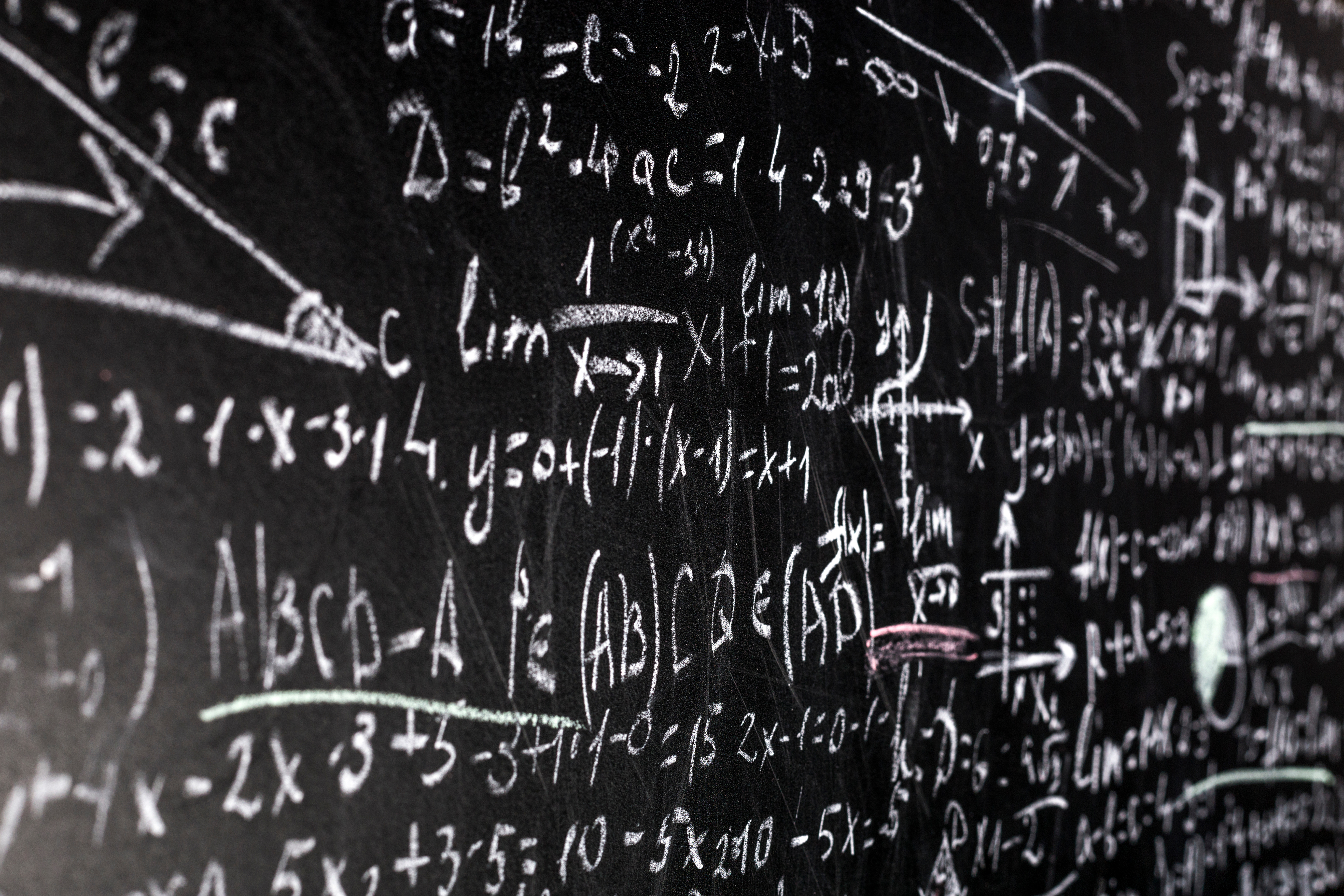
You can calculate this by performing the formula [(A/B) x 100]. A is the “part” and B is the “whole”. 400g divided by 375g is 1.067, and 1.067 multiplied by 100 is 106.7%.
So, if you’re making twelve Red Velvet cakes, that would be 4500g of flour (375g x 12) – still 100%. Now you’re able to calculate the amount of sugar and cocoa powder you need for this much larger recipe using the same percentages! By multiplying 4500g of flour by 106.7%, you’ll get about 4797g of sugar. By multiplying 4500g of flour by 1.6%, you’ll get 72g of cocoa powder.
While it’s easy conceptionally, there’s still a bit of math involved and you’ll likely need a calculator. But what if you didn’t have to do all that math yourself?
What is Percentage Weighing?
Percentage weighing is a function on a weighing scale or balance that turns the weight of an object into a percentage that can be added or subtracted from to make a new result. For example, after taring out an empty bowl, you can add flour and weigh it on the scale. After turning on the percentage weighing function, that weight becomes 100%. Then, you can add flour to go over 100% or remove flour to decrease the percentage.
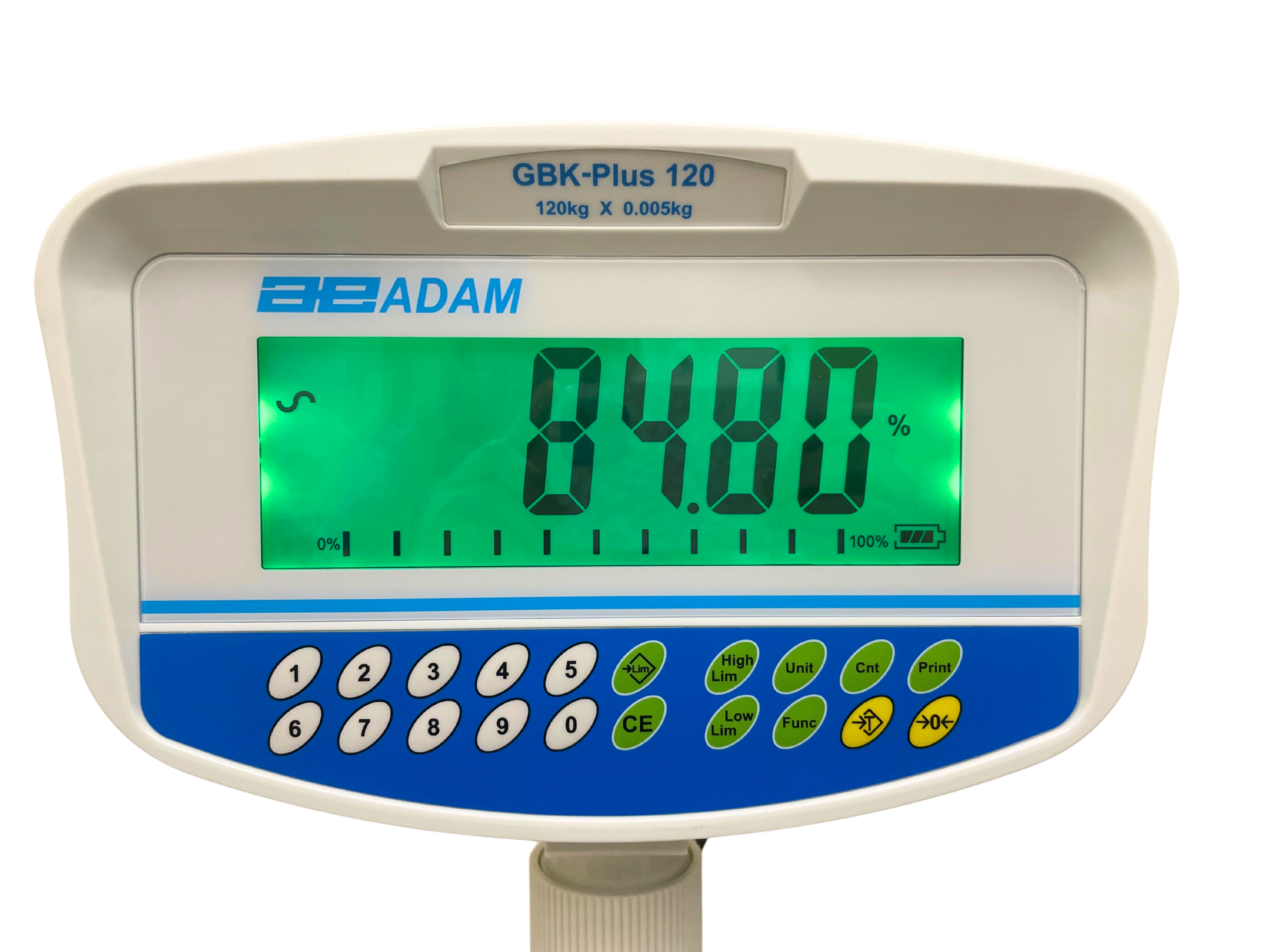
Many different types of scales offer percentage weighing, from analytical balances like Adam Equipment’s to . Small commercial bakeries will benefit the most from bench or floor scales like the , depending on the quantities of goods you’re preparing at once.
How Does Percentage Weighing Change the Baking Game?
There are a few ways percentage weighing improves the batch-baking process.
Ingredients
Let’s start with the same Red Velvet cake recipe. You put your 375g of flour on the weighing scale and turn on percentage weighing. That 375g shows as 100%. Now, tare out the flour so the scale displays 0% and add your 400g of sugar – the display will show 106.7%. After taring out the sugar and adding 6g of cocoa powder, the display will show 1.6%. This is a much more efficient way to establish your percentages for scaling purposes.
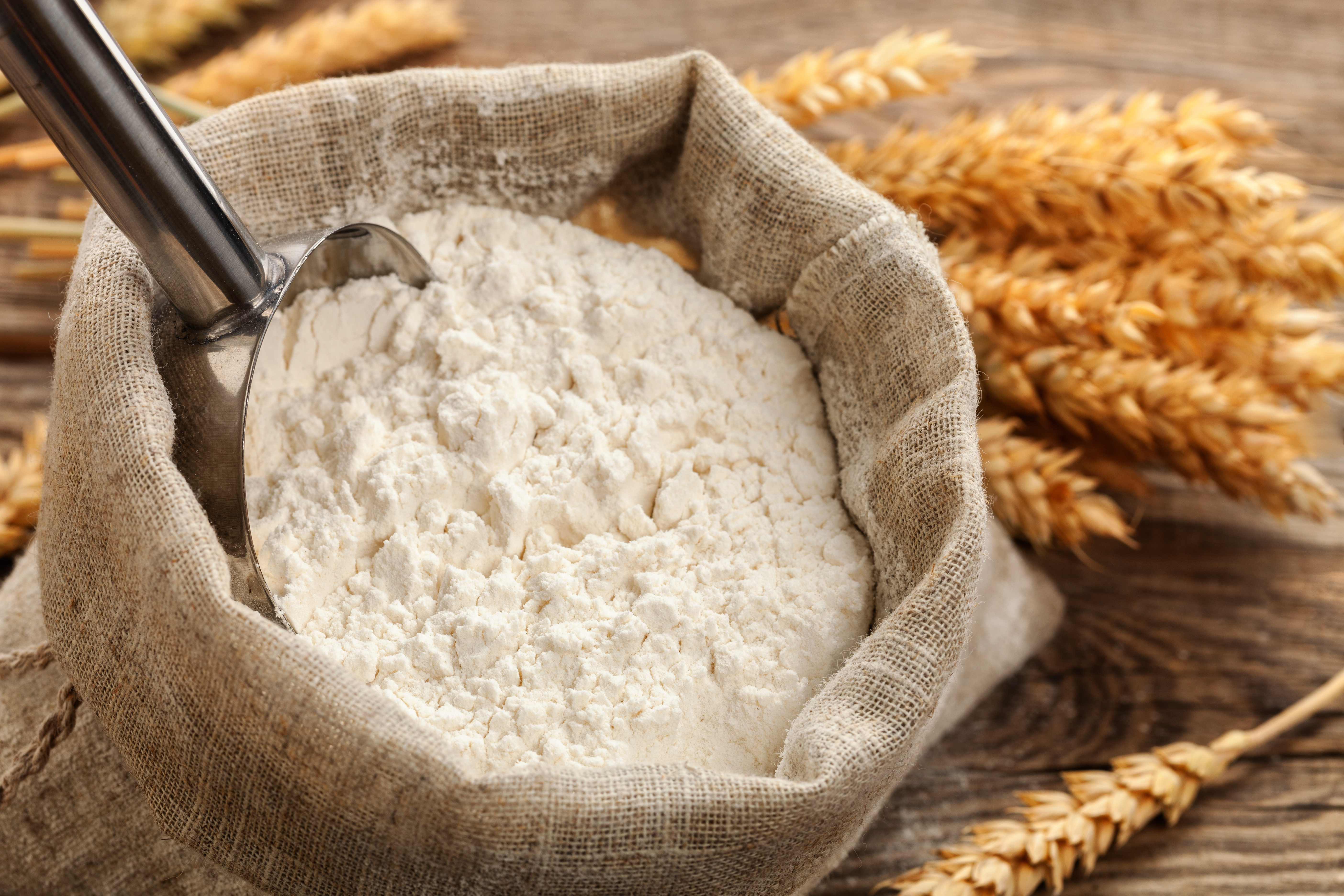
Record those percentages!
When one cake becomes twelve and you need to scale up your recipe, percentage weighing can help you out there as well. Place your 4500g of flour on the scale and turn on percentage weighing so the display shows 100%. Now, simply add each ingredient until the display reaches the appropriate percentage increase. After adding the proper amount of sugar, the display should show 206.7%. If it doesn't, all you need to do is add more! Add all the other ingredients the same way to create a delicious and consistent batch of Red Velvet cakes.
Portioning
Not only can percentage weighing help with formulating large batches, it can also help with portioning. Once you homogenise the ingredients into a batter or dough, turn on percentage weighing to make the whole thing your 100% starting point. Since the plan is to make twelve Red Velvet cakes, divide 100 by 12 to determine exactly how much batter each cake should get.
In this case, 100 divided by 12 is about 8.3%. It’s not normally a very smooth percentage to work with, but percentage weighing makes it easy. Remove the bowl and the batter and set the scale to zero without turning off percentage weighing. Place your cake tin on the scale and tare off the empty tin. Then, pour the batter into the cake tin until the percentage reaches 8.3%. See? Easy!
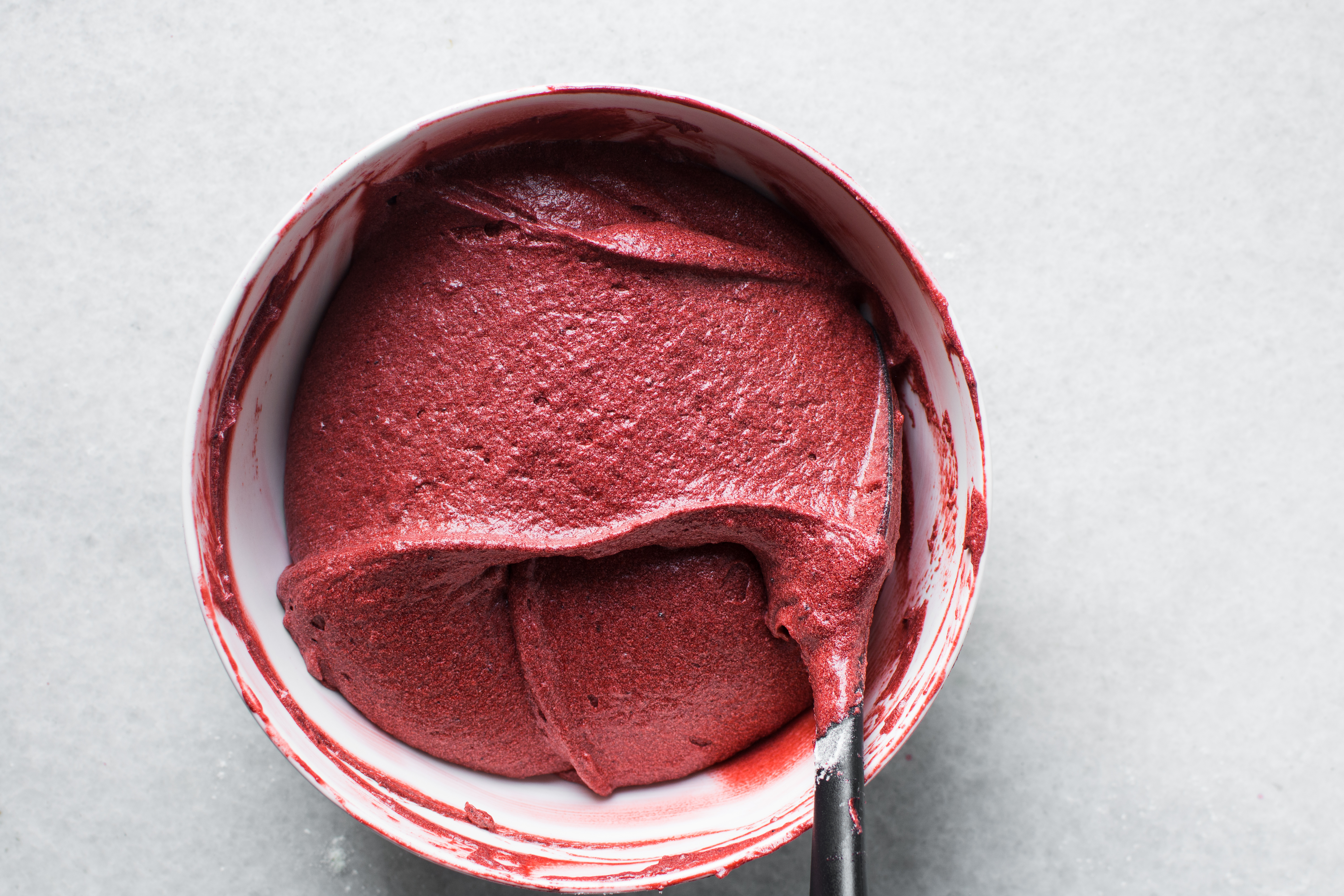
Mix and Match
You can even mix and match both techniques. For example, adding sugar to a bowl until the display shows 206.7% and then taring out the whole thing so the display shows 0%. After adding small ingredients like cocoa powder, instead of doing the math to determine what 206.7 + 1.6% is, you’ll be able to add until you see 1.6%.
What Other Ways Can Scales Help Bakers?
Percentage weighing isn’t the only way bakers can benefit from the use of scales!
Measuring Small Quantities
Compact scales like the or even precision balances like Adam Equipment’s , which coincidentally also offers percentage weighing, are ideal for weighing small quantities of ingredients. Extracts, spices and food colourings could get lost in the results on bench or floor scales with coarser readabilities but are caught perfectly well on precision balances.
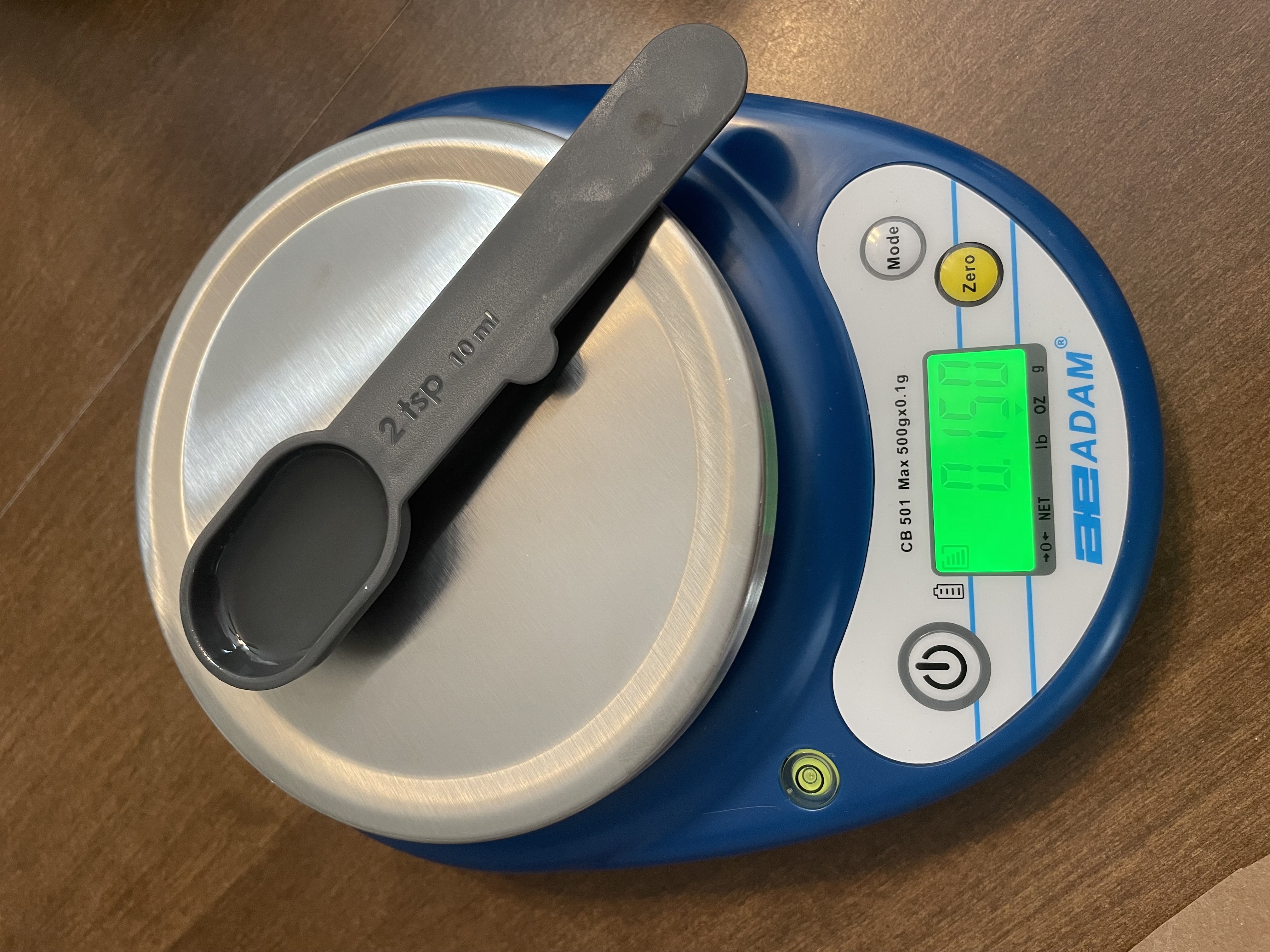
Weighing these ingredients instead of measuring by volume helps ensure that nothing is left behind in the transfer from teaspoon to mixing bowl. Sticky ingredients like honey pour slowly and they’re hard to remove completely, so measuring by weight means you’re only measuring what gets in the bowl!
Selling By Weight
When you want to offer your customers the ability to purchase a variety of baked goods without putting a charge on each one individually, you can price them by weight instead! For example, instead of letting people pile a box with a variety of cookies and purchasing them at one set price, you can weigh the box on a and charge accordingly.
The Swift is a trade approved scale, or a scale that’s been governmentally approved for commercial transactions because it’s proven to be accurate and trustworthy. Whenever you're pricing by weight, you’ll need to use a trade approved scale certified by your region’s governing body to comply with legal guidelines.
Simply set a unit price per weight, such as £2 per 100g of standard cookies. When customers bring up their box of cookies, your Swift will calculate the price they should pay based on that weight. If a customer brings up 500g of cookies, they’ll end up paying £10, whereas someone else bringing up 1356g for a party would pay £27.12.
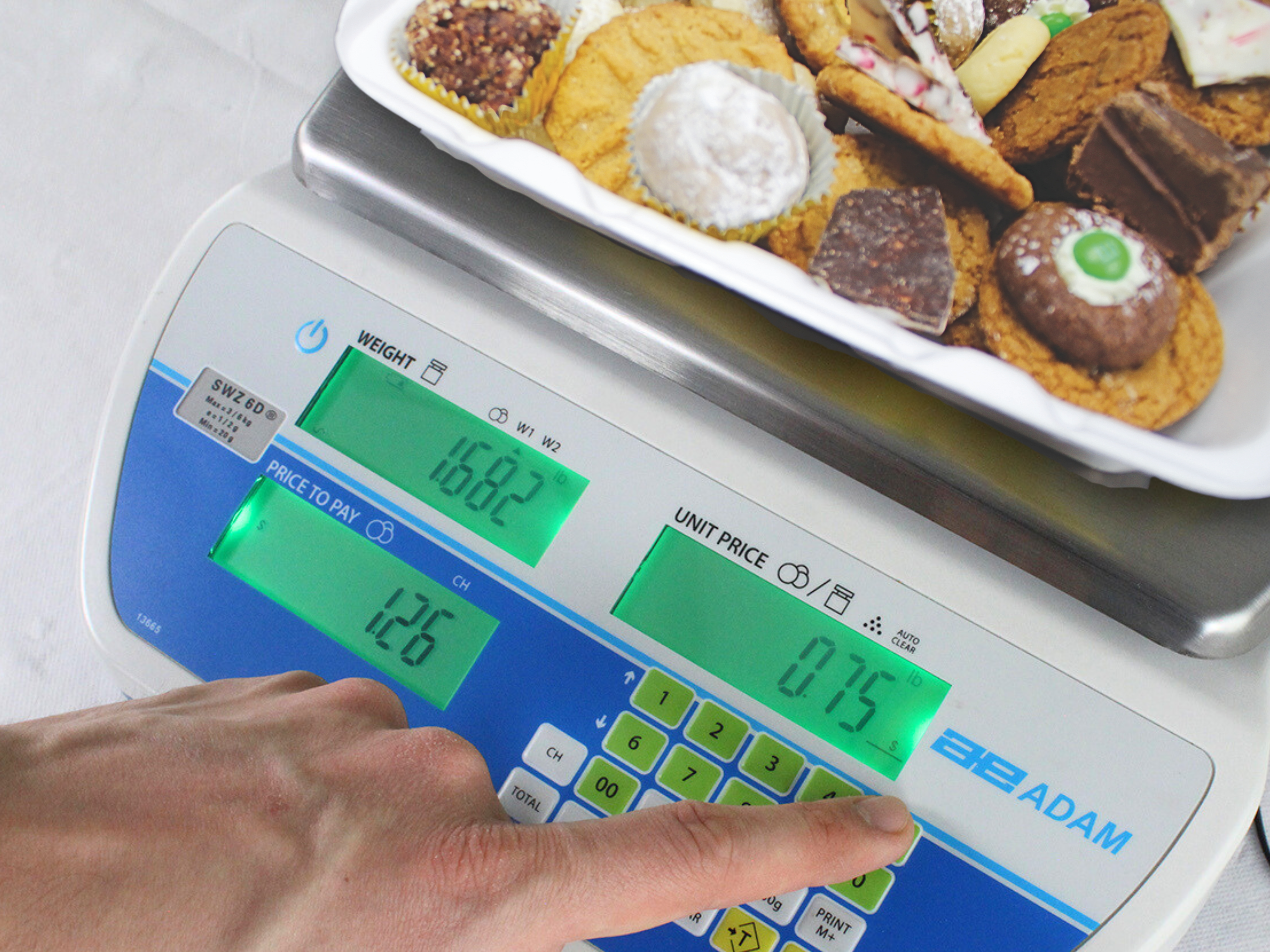
This method works best if you set the price per type of product. Cookies have one price per weight unit, pastries with another and keep them separate when weighing. That way, you can set more than one price and store them in your scale to recall later.
Not sure which scale or balance with percentage weighing is the right fit for your bakery? Don’t make a half-baked decision! Contact the Adam team, we’ll be happy to help.


